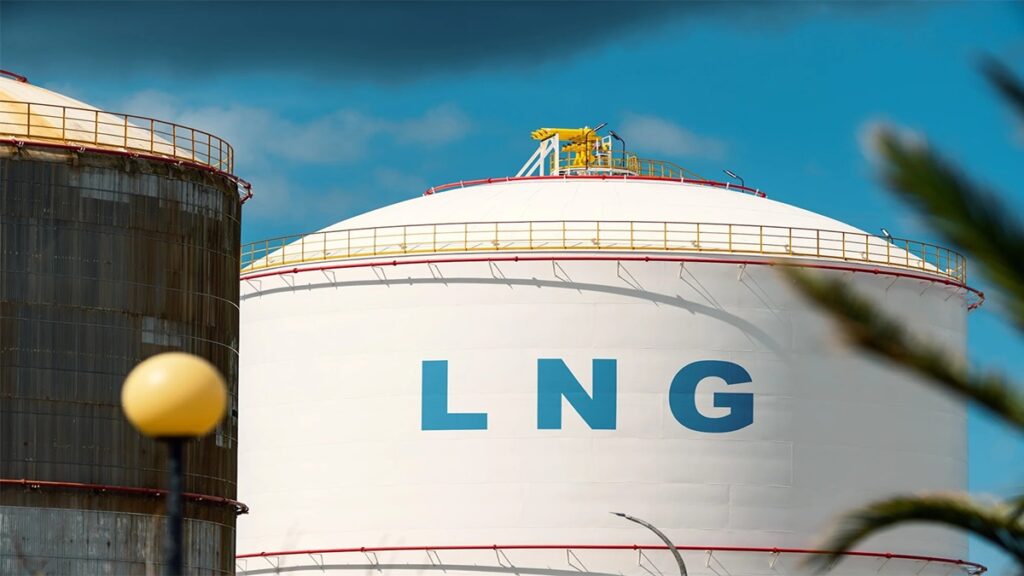NEW DELHI: India’s import bill for natural gas surged by 17% to $8.9 billion during the first seven months of the current fiscal compared with $7.6 billion in the same period a year ago due to rise in consumption particularly by the city gas distribution companies and the power sector, data from the Petroleum Planning and Analysis Cell showed. The import bill for the month of October stood at $1.2 billion against $1.1 billion in the corresponding period of last fiscal.
The country imported 22,085 million standard cubic meters of LNG (liquefied natural gas) during April to October, up by 22.2% from the corresponding period of FY24, the data showed. The country’s dependence on imported gas increased to 51.3% during Apr-Oct from 46.7% in Apr-Oct of FY24.
Going ahead, as winter approaches with rising LNG prices and tight winter supply outlook, India may face challenges in securing competitively priced spot LNG cargoes, largely staying sidelined, according to global real-time data and analytics provider Kpler.
However, in 2025, the country’s LNG imports are further expected to rise 7% on year to 27 million tonnes, according to Kpler. The growth will be supported by a gradual increase in offshore gas production and the expansion of pipeline infrastructure to the northern regions.
“The 5 million tonnes per annum Dhamra LNG terminal is projected to see increased imports with the full completion of the Pradhan Mantri Urja Ganga pipeline,” Kpler said. GAIL India is also set to operate its 5 mtpa Dabhol LNG terminal at full capacity in 2025, boosted by the new breakwater facility infrastructure, which is set to be completed before next monsoon season. “By second quarter of 2025, we should see the expansion of the largest LNG regasification terminal from 17.5 mtpa Dahej to 22 mtpa capacity,” as per Kpler.
The country’s consumption of natural gas increased by 11% to 43,033 mmscm in the April to October period compared to the same period last year. Consumption of natural gas and LNG in India is on the rise, especially from the city gas sector, with government programs aiming to increase the number of compressed natural gas (CNG) stations to 18,000 across the country by 2032, as per report by Kpler.
Moreover, the Central Electricity Authority expects the country’s power demand to grow at a compound annual growth rate of 7% for the next five years. With renewable energy still not fully operational, the dependency on coal-based and gas-based plants is expected to increase to meet the incremental power demand.
As the country expects an increase in imports to meet the rising consumption next year onwards, the domestic production which has remained muted so far is also expected to grow.
State-owned major oil and gas company Oil and Natural Gas Corp registered an increase in its gas production sequentially after 10 quarters of decline, driven by partial ramp-up in KG-98/2 field.
Presently, the field produces 25,000 barrels per day of oil and ONGC expects it to ramp up to 45,000 bpd by end of FY25. KG gas production is likely to reach 10 mmscmd by FY25 end from the current ~2 mmscmd. The company has guided for oil & gas production of 44.9 million tonnes of oil equivalent and 46.2 million tonnes of oil equivalent in FY26 and FY27 respectively.
The company expects the proportion of gas from new wells to increase in its portfolio. In 7-8 years, most of the new gas production is likely to qualify for higher gas pricing of new wells, it has said.
Due to new gas discoveries in a few off-shore fields coming onstream, CareEdge expects domestic natural gas production to improve in the medium term on the back of production ramp-up from discoveries of the recent past along with sizable new production expected to come onstream in FY25.
While the government has expressed its willingness to give more incentives to the global energy giants to encourage them to invest in oil and gas exploration in Indian territory, experts remained cautiously optimistic about the plan. They suggested more flexible work programs, waiver of goods and service tax (GST) on capital equipment, and abolition of the “windfall tax” on crude oil, to boost investor confidence in India’s hydrocarbon sector.

 Initial Public Offers Wait For Visibility As Fog Deepens
Initial Public Offers Wait For Visibility As Fog Deepens 